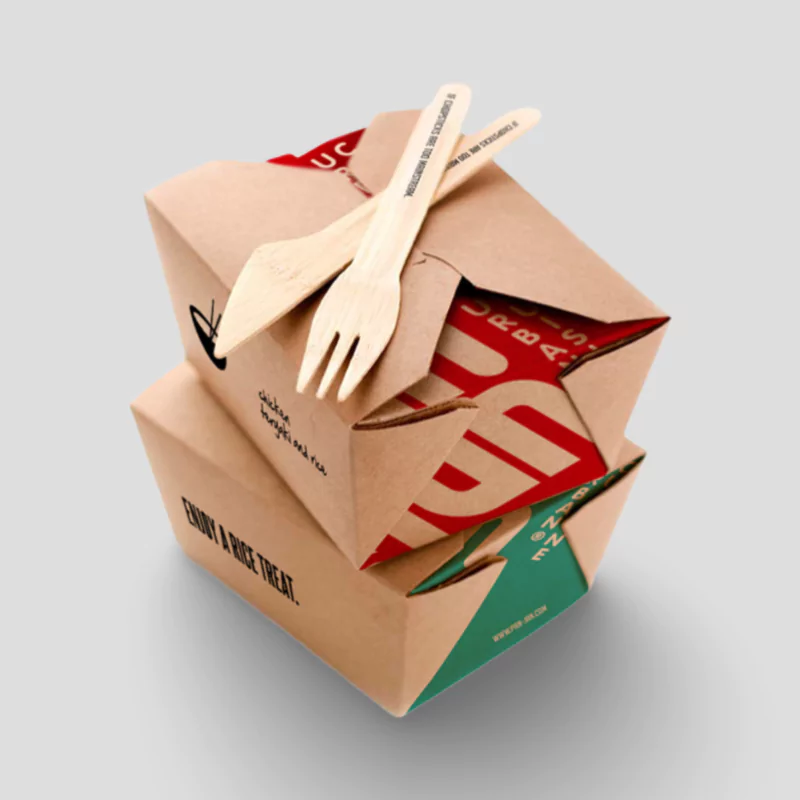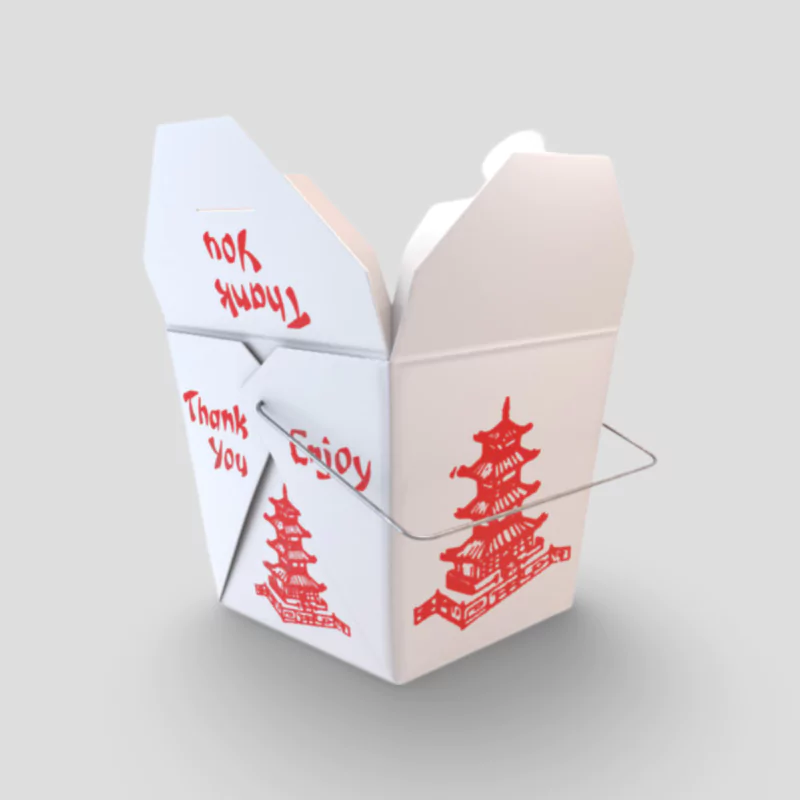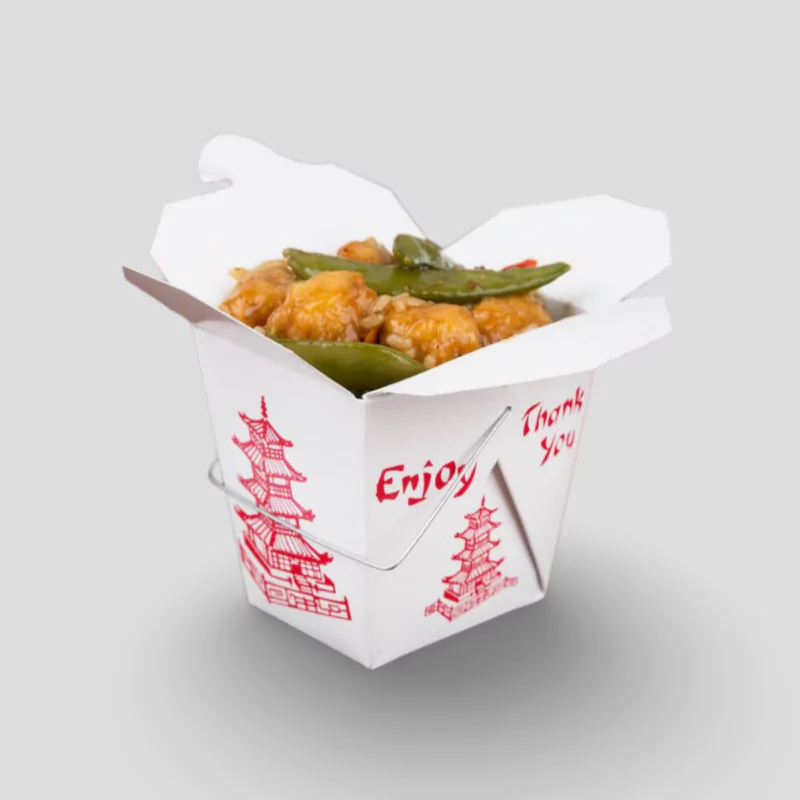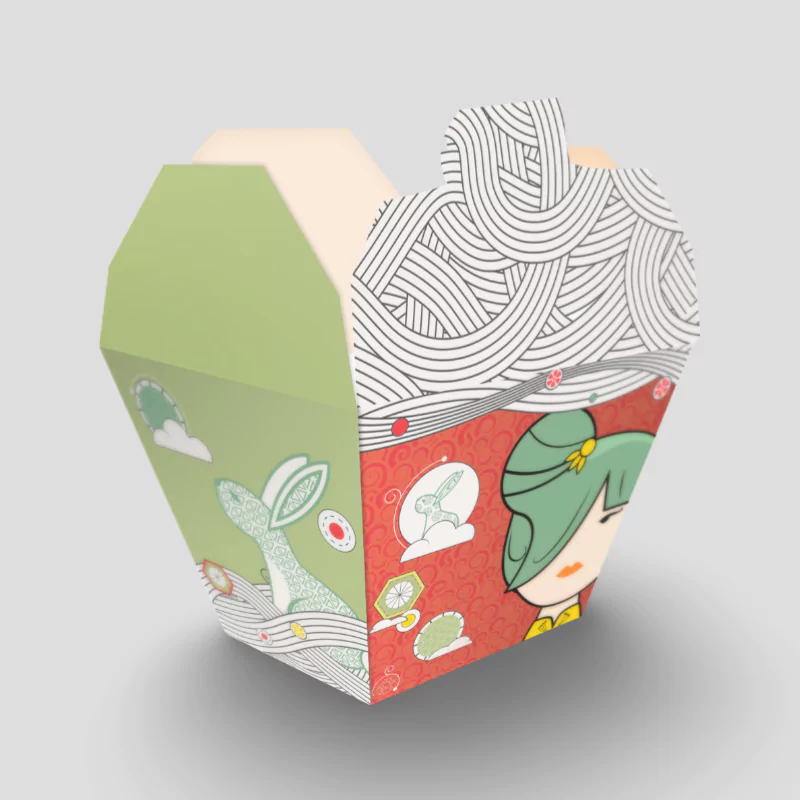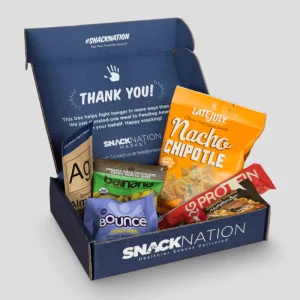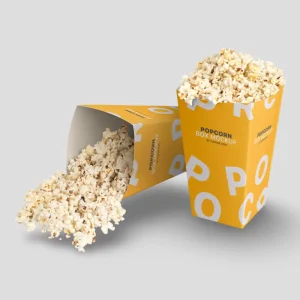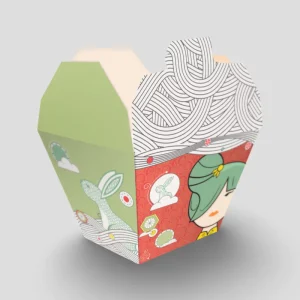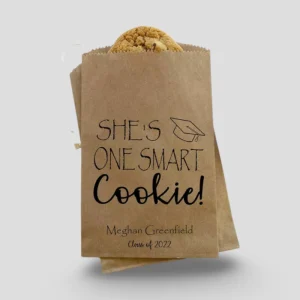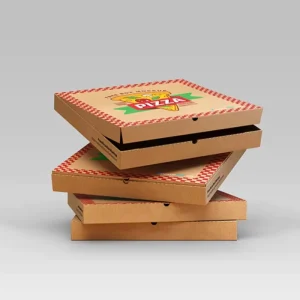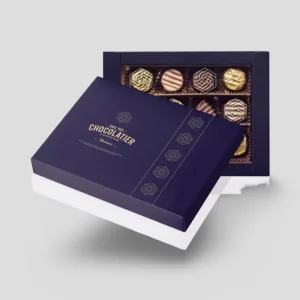Takeout Boxes

Keep meals fresh, secure, and ready to go with custom Takeout Boxes designed for durability and food safety. Ideal for restaurants, cafes, food trucks, and catering businesses, these boxes are available in a variety of sizes, styles, and materials—ranging from kraft paper to eco-friendly options. With full-color printing and custom branding, takeout boxes serve as a functional tool and a mobile billboard for your business.
No Die & Plate Charges
Quick Turnaround Time
Free Shipping
Custoimze Size & Style
Free Designing

Cmyk Printing
CMYK printing is a color printing process using cyan, magenta, yellow, and black inks for full-color images.

Digital Printing
Digital printing is a modern method that directly prints digital images onto various materials without printing plates.

Metallic Pantone
Metallic Pantone refers to special ink shades with a metallic finish, offering a shiny and premium appearance.

Pantone Color Cmyk
Pantone Color CMYK refers to converting Pantone spot colors into CMYK values for four-color process printing.

Screen Printing
Screen printing is a technique that uses a mesh stencil to transfer ink onto a surface, creating vibrant designs.

Offset Printing
Offset printing is a high-quality printing technique that transfers ink from a plate to a rubber blanket, then to paper.

Anti Scratch Lamination
Anti-scratch lamination is a protective film that enhances durability and prevents scratches on printed surfaces.

Gloss Lamination
Gloss lamination is a shiny, protective coating that enhances colors and adds a smooth, reflective finish to prints.

Matte Lamination
Matte lamination is a soft, non-glossy protective coating that gives prints a smooth, elegant, and glare-free finish.

Spot UV
Spot UV is a printing technique that applies a glossy, raised coating to specific areas for a striking contrast.

Varnish
Varnish is a clear coating applied to printed materials for protection and to enhance their finish, either glossy or matte.

Soft Touch Lamination
Soft-touch lamination is a velvety, matte coating that enhances prints with a smooth, luxurious, and tactile feel.

foiling

embossing

Dembossing

Spot UV

foiling

embossing

Dembossing

Spot UV

White card

Kraft card

corrugation

special card

White card

Kraft card

corrugation


